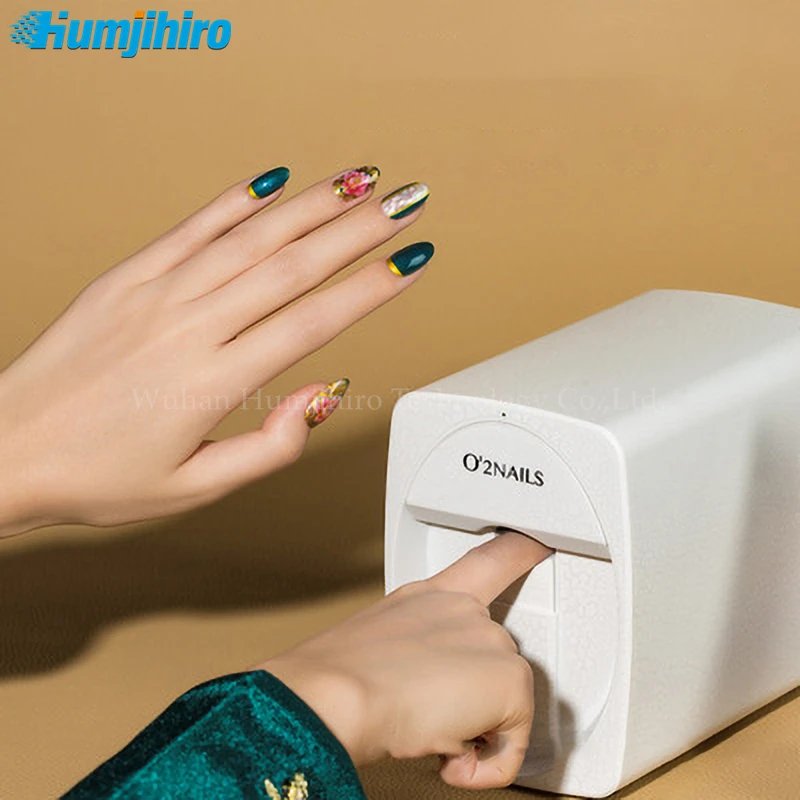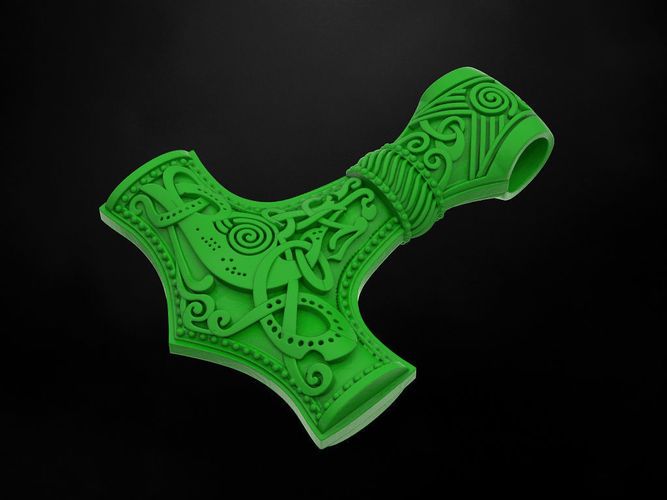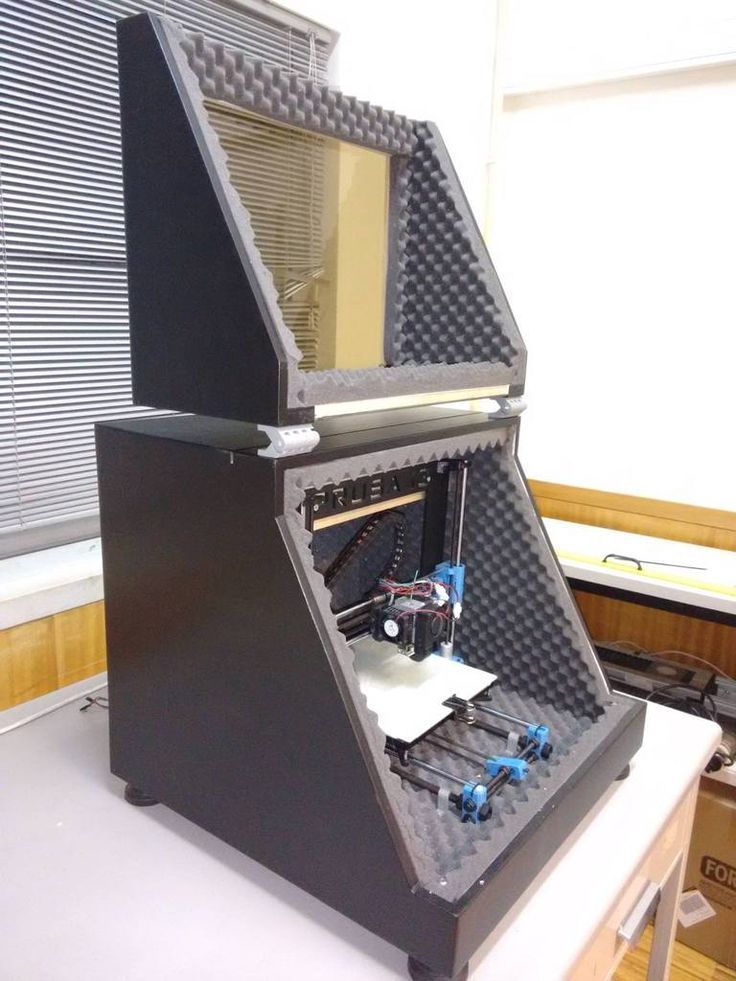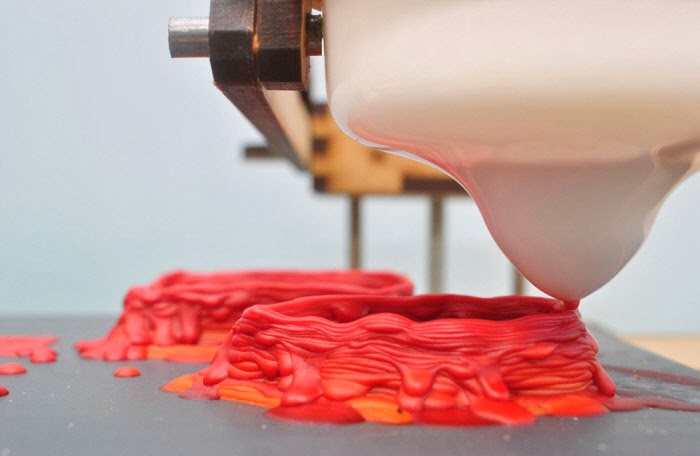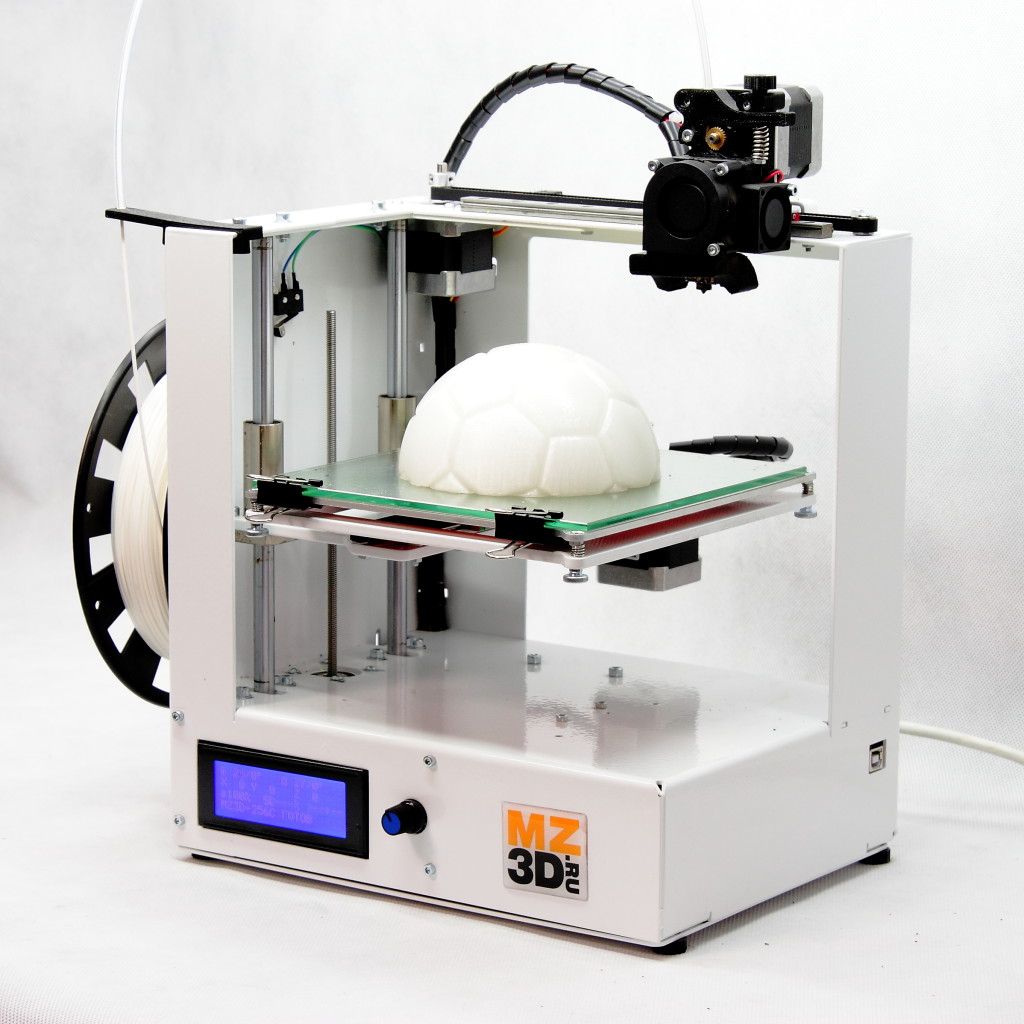3D printed nail extensions
Mani.me and their 3D printed Nails; the future of manicures?
Published on December 11, 2018 by Michelle J.
The technologies of additive manufacturing’s impacts is constantly brought to different sectors from food to vehicles, through fashion and reaching consumer products. However, believe it or not, 3D printing technologies have gone into manicures… Or at least that is the proposal of Mani.me, a company dedicated to the manufacturing of fully 3D printed nails. Bringing the custom made and customised aspect to a new level in nail art.
The operation of personalised manicures is simple. You only have to send photographs of your hands through your application. With this information the team of Mani.me is able to develop the solution with 3D printed nails. It’s the fastest way and quit a lot simpler than any other traditional technique. To learn more about this innovative project we have spoken with Jooyeon Song, co-founder of Mani. me, and one of our selected as entrepreneurs in 3D printing under 30 years.
3DN: Can you introduce yourself and your link with 3D printing?
Hello, my name is Jooyeon Song and I am the Co-founder of Mani.me. I first discovered 3D printing when I was 19, while working for Hyundai Engineering Center in India during my gap year at University. When I worked as an IT assistant in the center, and I was often mesmerised by how designers bring their project to life, from their head to a real object particularly thanks to 3D printing. And I started to learn about CAD modeling and studied 3D printing tech since then.
Founders of Mani.me: Jooyeon & David Miro Llopis
My business partner David Miro Llopis studied industrial engineering at CentraleSupelec in Paris. His graduation thesis was on the generation of plasma: he designed and 3D printed a plasma reactor. On top of that, he’s passionate about creating products especially with new technologies.
3DN: How did the idea of creating Mani.
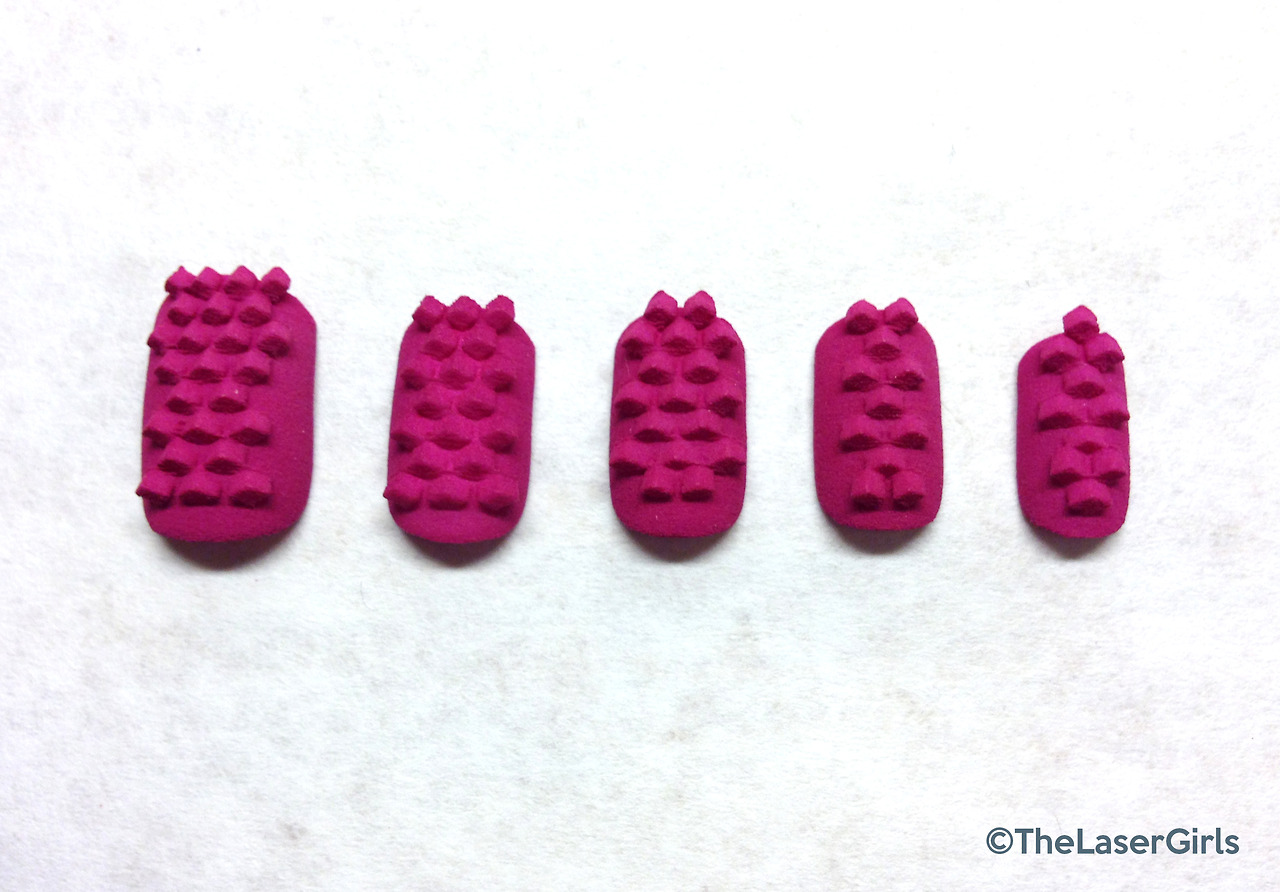 me come about?
me come about?As you can imagine, I love manicures. However, when I worked as a management consultant, I always felt frustrated because it was very difficult for me to find time to go to the nail salon. I didn’t like committing 2-3 hours of my time from an already busy schedule. I tried getting it done by myself at home, I bought a bunch of manicure polish bottles. However, painting my own nails by myself resulted in terrible looking nails (especially on my dominant hand), many unused polish bottles, as well as a messy room.
When I was working in Finland, my sister sent me a fake nail set that was popular in Korea. But as they were mass produced for the “average size”, they did not look good, and most importantly I felt really uncomfortable. It didn’t give me a feeling of being well “put together”. Then I thought, ready-to-use manicures should be tailor-fitted and soon after found out that I can connect the dots with my 3D printing passion.
3DN: What are the different steps to create 3D printed nails?
It starts with getting a pictures of customer’s hands. We’ve developed our photogrammetry software, which can transfer 2D image information into a 3D model, generating a unique model for each nail.
We’ve developed our photogrammetry software, which can transfer 2D image information into a 3D model, generating a unique model for each nail.
Our customers takes a few pictures on our app, and we build a nail model in our software. With the 3D model as a base, we can generate a 3D pattern file for each design our customer selects on our gallery and then 3D print it!
From a customer perspective:
- Browse our gallery to find the trendiest colors and the best designers from all over the world.
- Get fitted (only the first time) by taking 5 pictures form your phone camera.
- Check-out a single set of nails or join a subscription plan where you can get additional sets for many occasions.
We are still finalizing our patent for the technology we have developed. We’ll tell you more about the materials, the software and every step of the process once everything is settled!
3DN: How do you see the future of additive manufacturing in the cosmetic market?
When I first discovered 3D printing in 2011, 3D printers were only for rapid prototyping as they had limited printing speed and material availability.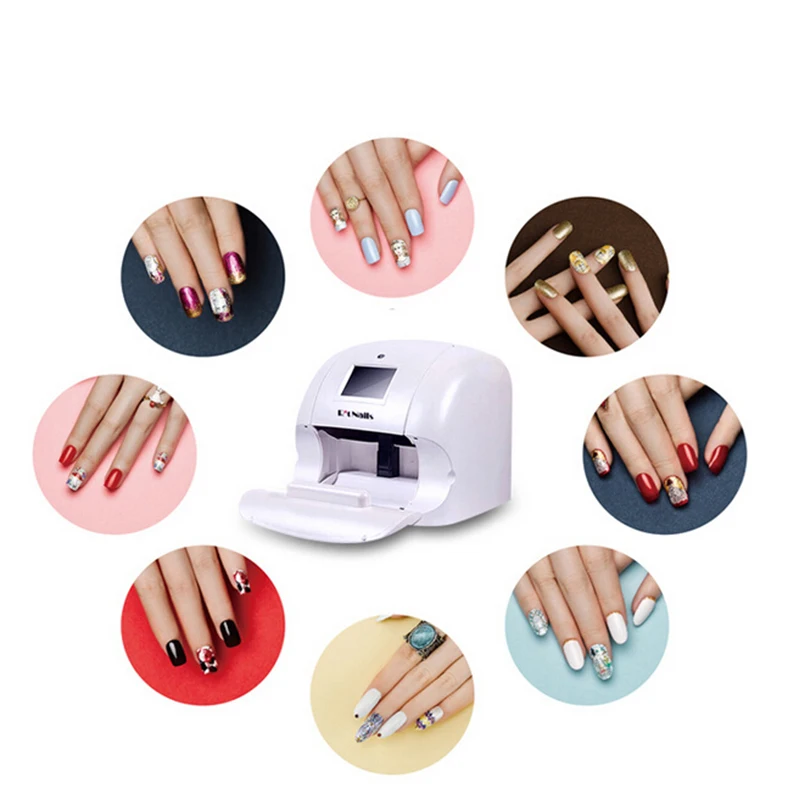 Let’s say, at least for me, it was hard to imagine printing “shoes” from a 3D printer. But now, we see that 3D printers keep evolving, offering scale production capabilities in several industries: Aerospace, Automotive, Health and Fashion.
Let’s say, at least for me, it was hard to imagine printing “shoes” from a 3D printer. But now, we see that 3D printers keep evolving, offering scale production capabilities in several industries: Aerospace, Automotive, Health and Fashion.
We believe that this constantly evolving 3D printing tech will reshape custom manufacturing. And guess which industry needs custom manufacturing? The cosmetics market for sure! Every woman and every man is special. Their skin color, preference, occasion, skin condition, and nail size. We now have millions of choices in terms of cosmetic product availability, but nobody is sure if she/he has chosen the right product for themselves. This issue very much applies to the cosmetics manufacturers. Along with typical supply chain issues of sustainability and quality, the cosmetics industry has to keep up with the quickly changing demands of customers, stock a wide range of products to suit all consumers, and still avoid wastage from unsold inventory.
Cosmetics manufacturing as we know it will never be the same. And it will be very exciting to be part of this transformation – how additive manufacturing can innovate this industry.
And it will be very exciting to be part of this transformation – how additive manufacturing can innovate this industry.
3DN: Do you have some final words for our readers?
Your nail fashion can be as changeable as your shoes with Mani.me & 3D printing! I hope to see many other interesting applications of this technology. For more information about Mani.me’s 3D printed nails, you can visit the official website here.
What do you think of the the 3D printed nails from Mani.me? Let us know in a comment below or on our Facebook and Twitter pages! And remember to sign up for our free weekly Newsletter, to get all the latest news in 3D printing send straight to your inbox!
3d Fake Nails - Etsy.de
Etsy is no longer supporting older versions of your web browser in order to ensure that user data remains secure. Please update to the latest version.
Take full advantage of our site features by enabling JavaScript.
Find something memorable, join a community doing good.
( 1,000+ relevant results, with Ads Sellers looking to grow their business and reach more interested buyers can use Etsy’s advertising platform to promote their items. You’ll see ad results based on factors like relevancy, and the amount sellers pay per click. Learn more. )
Robots and 3D printers to replace manicurists / Sudo Null IT News
Robots not only work in factories, care for the sick, make our home “smart”, but also bring beauty to the masses.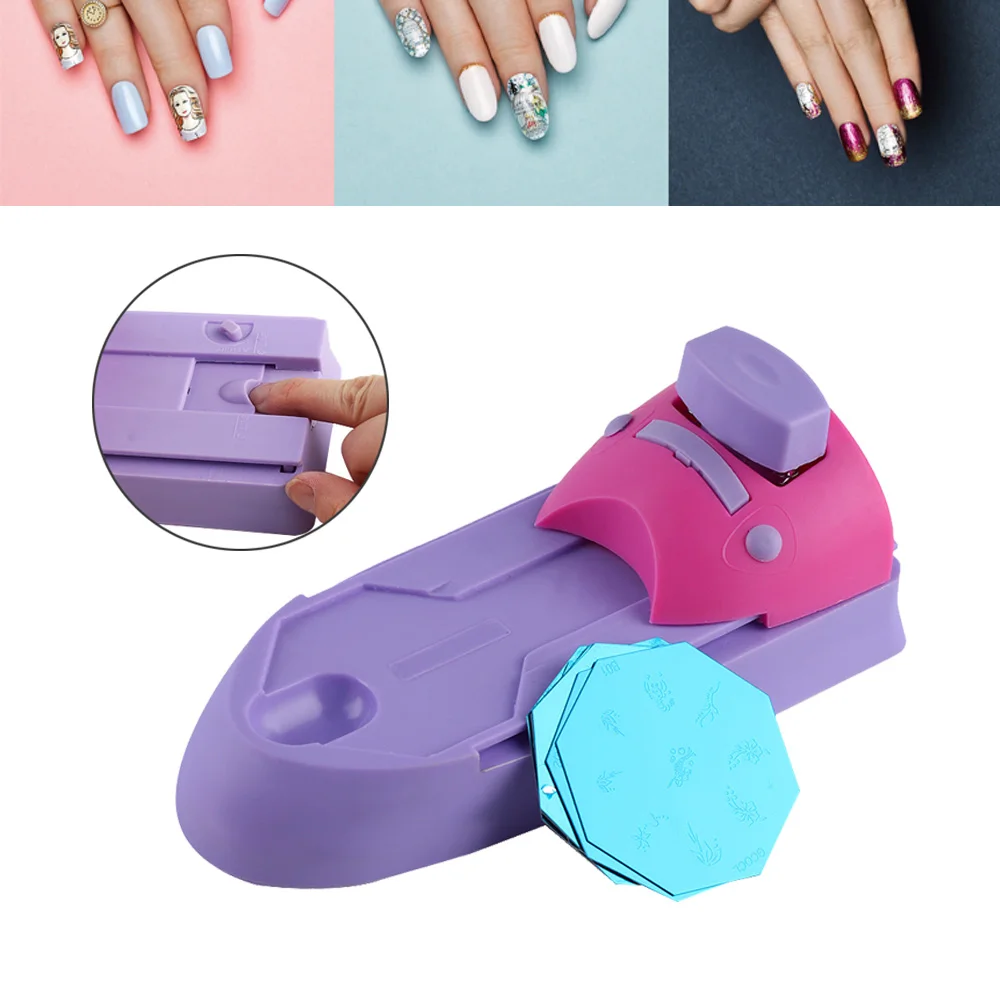 In particular, they do a manicure. We decided to find out what robotic nail artists are already on the market, what they can do, and can they replace manicure masters?
In particular, they do a manicure. We decided to find out what robotic nail artists are already on the market, what they can do, and can they replace manicure masters?
Robo Nailist
At the International Exhibition of Robots that make life easier for the elderly, a nail decor printer was presented back in 2013.
As part of the exhibition, the robot automatically accurately performed all the actions, while not touching the cuticles. It's a very neat mechanism. As the developers of Funai Electric said, with their device they wanted to show that robots are not only machines for working in large industries. They can perform various tasks.
Robo Nailist applies layers of nail polish with incredible precision, then decorates them with small rhinestones.
NAB
NAB (the Nail Art Bot) is more than 30 kg of pure metal, more than 800 parts, 4 months of painstaking work.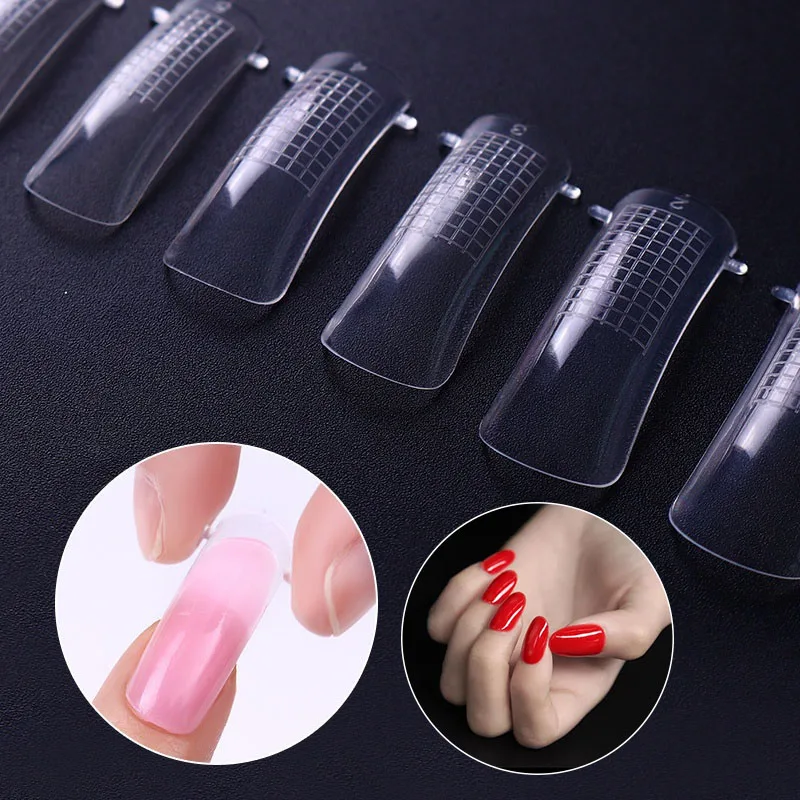 This is the description of the car given in the commercial. It is a design in which a bottle of varnish is placed. Then automatically opens the bottle, lifts up the brush and applies varnish to the nail. This mechanism still exists in a single copy and the link creators Lorand Pavai and Botond Kadar talk in more detail about the "revolutionary development in the field of nail design."
This is the description of the car given in the commercial. It is a design in which a bottle of varnish is placed. Then automatically opens the bottle, lifts up the brush and applies varnish to the nail. This mechanism still exists in a single copy and the link creators Lorand Pavai and Botond Kadar talk in more detail about the "revolutionary development in the field of nail design."
Nail printer
In Japan, they created a 3D printer that takes nail decor to a new level. The design was called "Transforming" ("Transformation") and offers fashionistas 521 manicure options. It's amazing that you can get 3D printed nails within 90 seconds. Next, you just need to observe how the manicure changes its color, shape, structure. In another way, as a work of art, you can’t call it!
Manicurist Hatsuki Furutani supervised the creation of the printer with the support of a team of technical professionals from Taiyo Kikaku Co. Ltd. Using 3D printing technology, they designed every detail of the nail down to the smallest detail (some as small as 0. 56 cm). What came of it, you can see on the video:
56 cm). What came of it, you can see on the video:
It is worth noting that this is not the only printer that solves this problem.
In particular, the EGET printer is widely used. It belongs to the latest generation of 3D devices. EGET can be found in various beauty salons, they are bought by private masters and even installed in souvenir and flower shops. The printer uses inkjet technology and can move the head in four directions. In the process of its work, it creates only a printing element, leaving the object on which the picture is applied motionless. The EGET printer uses a special IRC gel.
It is not known how soon such machines will enter the mass market.
Manicure robots: advantages and disadvantages
Having assessed the capabilities of robotic manicure masters, we can highlight the following pros and cons of such developments.
Advantages:
- Compact.
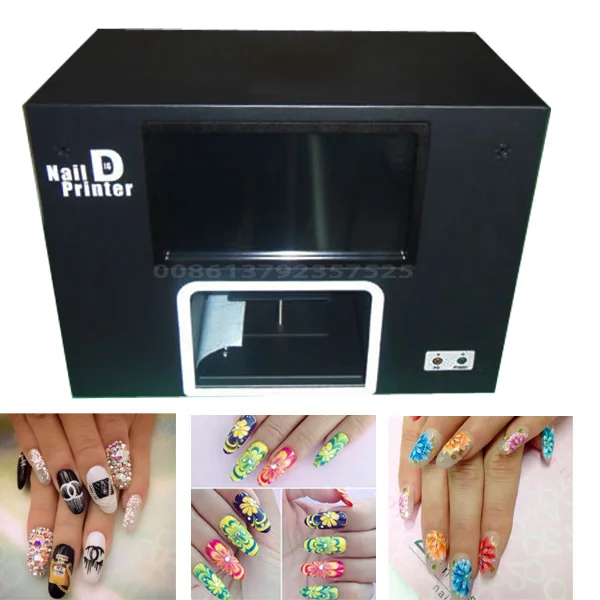 Unlike most other robots, "manicure" robots are compact in size. This makes it possible not only to install them in salons. Private masters can take them with them, leaving the house to the client.
Unlike most other robots, "manicure" robots are compact in size. This makes it possible not only to install them in salons. Private masters can take them with them, leaving the house to the client. - Profitability and fast payback. Such a robot is bought only once, and the manicurist needs to pay a monthly salary. In addition, consumables are low cost. The time spent on work is also minimal. For example, the EGET 3D printer will make you a beautiful manicure in 2 minutes.
- Durability. You can be sure that the robotic manicurist will work for at least 10 years.
Flaws:
- Accuracy. No matter how the robot is programmed, the human factor cannot always be excluded. So, if the client makes an inaccurate movement, there is a risk that the machine will damage the skin or ruin the nail.
- Individual approach.
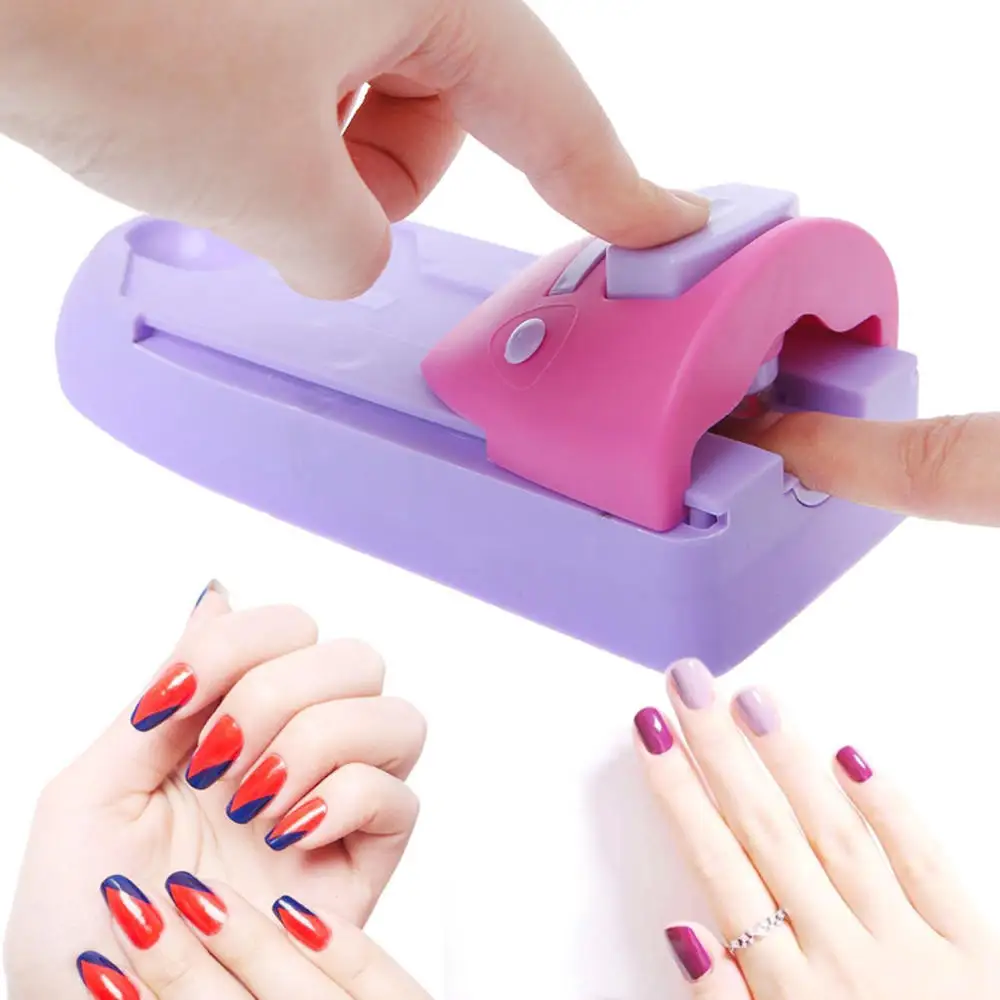 Many women prefer one master who knows their hands and wishes. That is why not everyone will be able to immediately move from a person to a machine, and some will not succeed at all. Therefore, it is unlikely that the profession of a manicurist will become obsolete. At least in the near future. But, undoubtedly, a robotic manicurist is something new in nail decor, and it is possible that the list of its advantages will expand in the future.
Many women prefer one master who knows their hands and wishes. That is why not everyone will be able to immediately move from a person to a machine, and some will not succeed at all. Therefore, it is unlikely that the profession of a manicurist will become obsolete. At least in the near future. But, undoubtedly, a robotic manicurist is something new in nail decor, and it is possible that the list of its advantages will expand in the future.
HOW TO CHOOSE A NAIL PRINTER MODEL O2NAILS
Choosing a nail printer model is not an easy task. A large range of models, many names and colors will baffle anyone.
But we will help you choose the best model for professional or home use. In this article, we will tell you what to look for when choosing a printer.
All nail printers, regardless of model, print any color or black and white image on nails. Our company produces image printers designed for one nail, i.e. in the process of printing, the picture is applied to one nail.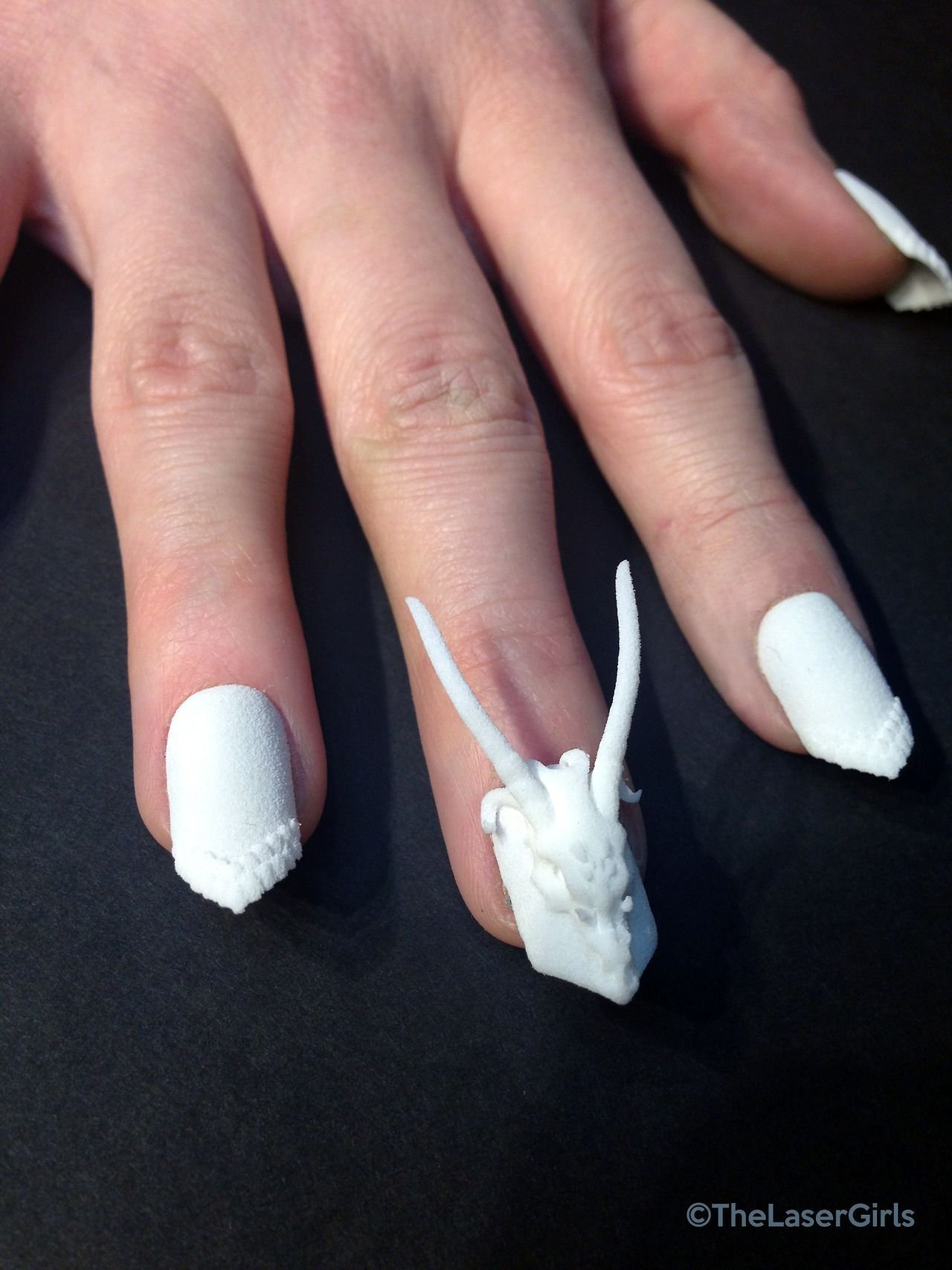 This was done for a more accurate drawing of the picture.
This was done for a more accurate drawing of the picture.
However, all models are different. That is why we have compiled a list of recommendations, following which you can choose the O2Nails nail printer yourself:
1. For home or professional use?
First you need to decide for what purpose you are purchasing a nail printer. Among our customers, there are many who choose the O2Nails printer as a gift to their loved ones.
Models M1 and H1 are ideal for home use due to their configuration and cartridge volume. The printer comes with everything you need, and the resource of the cartridge allows you to change the nail design at least every week.
Models M1Pro, H1Pro and X11 are chosen by craftsmen for their completeness, ease of use and speed of printing.
X12 and X12.5 models are popular with nail salons and studios. The X12 printer can be mounted on a stand or a separate table, and the X12.5 printer can even be hung on the wall. Due to the built-in tablet, you do not have to use additional devices to work with the printer - the O2Nails application is already installed, and pictures can be saved on the printer itself. Just click on the screen and print the picture.
Due to the built-in tablet, you do not have to use additional devices to work with the printer - the O2Nails application is already installed, and pictures can be saved on the printer itself. Just click on the screen and print the picture.
Having decided on the purpose of the purchase, you can proceed to the next item.
Printers are available in two configurations: complete (models M1, H1, X11, etc.) and reduced Pro for masters (models M1Pro and H1Pro). The package of the complete printer includes 18 items of consumables. In addition to the printer itself, cartridge and print gel, the set includes a base, top, colored gel polishes, a manicure set and a small lamp. By ordering a printer in this configuration, you will receive a fully equipped workplace. Open the box and start creating.
Reduced package includes everything you need to create a print by a professional: O2Nails nail printer, cartridge, print gel white, cuticle mask, connection cable, tips holder so you can create samples, and instructions.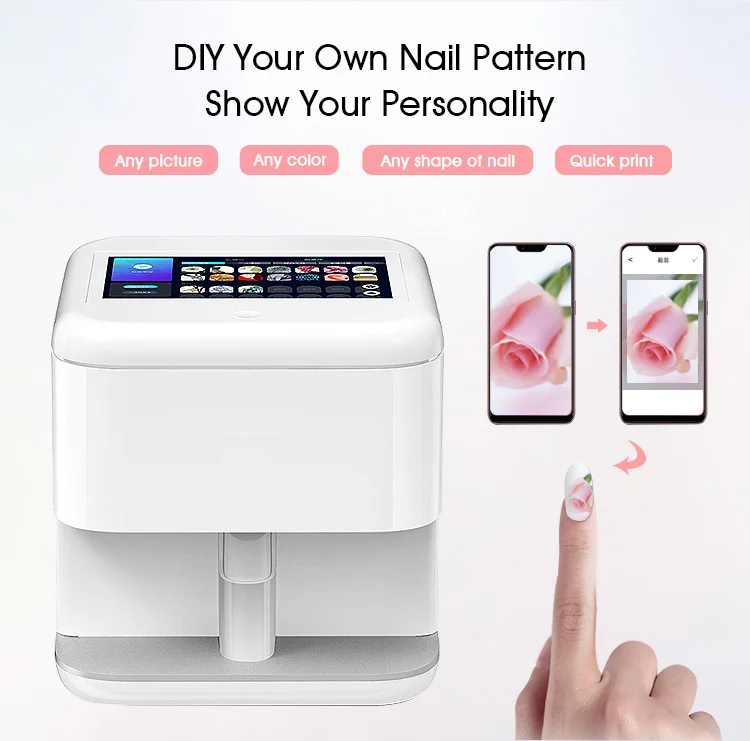 For work, you can use the base, top and gel polishes from any manufacturer. Our materials do not conflict with materials from other manufacturers and are worn perfectly for up to 4 weeks, despite the elasticity of the print gel. You can cover the picture with both glossy and matte top.
For work, you can use the base, top and gel polishes from any manufacturer. Our materials do not conflict with materials from other manufacturers and are worn perfectly for up to 4 weeks, despite the elasticity of the print gel. You can cover the picture with both glossy and matte top.
3. MASSIC CARGE - how much is it enough?
All O2Nails printers can be divided into two large groups - with a cartridge for 250-300 images and with a cartridge for 700-800 images. An FM-10 cartridge with a capacity of 250-300 pictures is installed in the M1 and H1 models. Cartridge SM-10 with a capacity of 700-800 pictures is used in X11, X12 and X12.5 printers. Then the cartridge simply changes to a new one, you do not need to refill anything.
4. Nail length - to be or not to be?
If you choose a model for professional use, it is important to decide which clients come to you - with short or long nails? Our managers ask this question to clients one of the first! The importance of this issue cannot be underestimated, because it depends on how well and aesthetically the picture will be applied to the nails of your clients, and therefore how satisfied they will be with the print and the quality of the service.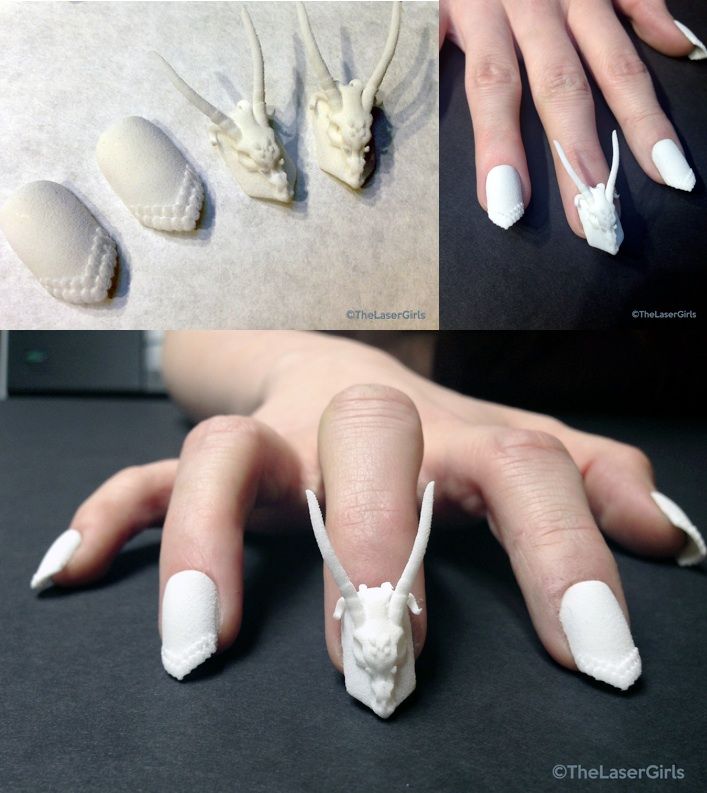
Models M1Pro and H1Pro are suitable for printing on short and medium nails. If your price list does not include such a service as nail extension, then you can safely choose one of these models.
If you provide a full range of services and among your clients there are both "short men" and owners of very long nails, including those with a high arch, then the X11, X12 and X12.5 models are your choice. Due to the internal structure, the printers of these models apply an image, even on very long nails with a high arch, as close as possible to the side ridges, so that the area not covered by the image is extremely small and imperceptible.
5. The connection method 9000
is divided into two categories (M1, M1, M1, M1, M1, M1, M1, M1, M1, M1, M1, M1 H1, X11) and printers with built-in flatbed (X12 and X12.